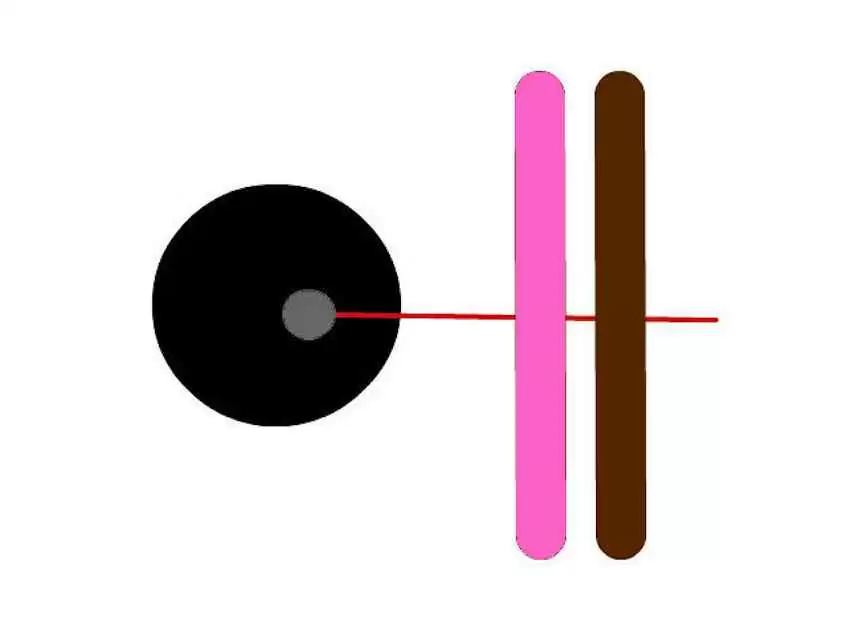
Celiac.com 06/05/2017 - Doctors diagnose celiac disease by confirming various clinical, genetic, serologic, and duodenal morphology features. Based on retrospective data, recent pediatric guidelines propose eliminating biopsy for patients with IgA-TTG levels more than 10-times the upper limit of normal (ULN), along with a few other criteria.
One retrospective study showed that researchers using levels of IgA-TTG and total IgA, or IgA-TTG and IgG against deamidated gliadin (IgG-DGL) could identify patients both with and without celiac disease. A team of researchers recently set out to validate the positive and negative predictive values (PPV and NPV) of these diagnostic procedures.
Celiac.com Sponsor (A12):
The research team included Johannes Wolf, David Petroff, Thomas Richter, Marcus KH. Auth, Holm H. Uhlig, Martin W. Laass, Peter Lauenstein, Andreas Krahl, Norman Händel, Jan de Laffolie, Almuthe C. Hauer, Thomas Kehler, Gunter Flemming, Frank Schmidt, Astor Rodriques, Dirk Hasenclever, and Thomas Mothes.
Their team conducted a prospective study of 898 children undergoing duodenal biopsy analysis to confirm or rule out celiac disease at 13 centers in Europe. They then compared results from antibody tests with results from biopsies, follow-up data, and diagnoses made by the pediatric gastroenterologists. In all cases, diagnosis was made for celiac disease, no celiac disease, or no final diagnosis.
Blinded researchers measured levels of IgA-TTG, IgG-DGL, and endomysium antibodies, while tissue sections were analyzed by local and blinded reference pathologists. The team validated two procedures for diagnosis: total-IgA and IgA-TTG, as well as IgG-DGL with IgA-TTG. Patients whose antibody concentrations for all tests were below 1-fold the ULN were assigned to the no celiac disease category.
Those whose antibody concentrations for at least one test were above 10-fold the ULN were assigned to the celiac disease category. All other cases were considered to require biopsy analysis.
The team calculated the ULN values using the cut-off levels suggested by the test kit manufacturers. They conducted HLA-typing for 449 participants. To extrapolate the PPV and NPV to populations with lower rates of celiac disease, they used models that accounted for how specificity values change with prevalence.
In all, the team found 592 patients with celiac disease, 345 who did not have celiac disease, and 24 with no final diagnosis.
The TTG-IgA procedure identified celiac disease patients with a PPV of 0.988 and an NPV of 0.934. The TTG-DGL procedure identified celiac disease patients with a PPV of 0.988 and an NPV of 0.958.
Their extrapolation model estimated that PPV and NPV would remain above 0.95 even at a disease prevalence as low as 4%. Meanwhile, tests for endomysium antibodies and HLA type did not increase the PPV of samples with levels of IgA-TTG 10-fold or more above the ULN.
Interestingly, the pathologists disagreed in their analyses of duodenal morphology about 4.2% of the time, a rate comparable to the error rate for serologic tests.
This study validates the use of the TTG-IgA procedure and the TTG-DGL procedure in lieu of biopsy to diagnose pediatric patients with or without celiac disease.
Source:
The researchers are variously affiliated with the Institute of Laboratory Medicine, Clinical Chemistry and Molecular Diagnostics, Medical Faculty of the University and University Hospital, Leipzig, Germany, the Institute for Medical Informatics, Statistics & Epidemiology (IMISE), University of Leipzig, Germany, the Department of Paediatrics, University of Oxford, Oxford, United Kingdom, the Translational Gastroenterology Unit, Nuffield Department of Medicine, University of Oxford, John Radcliffe Hospital, Oxford, United Kingdom, the, University Children's Hospital Halle, Germany, the Medical School, Hannover, Germany, Helios Hospital, Department of Paediatrics, Plauen, Germany, the Children's Hospital Prinzessin Margaret, Darmstadt, Germany, the University Children's Hospital Graz, Austria, the Children's Hospital, Justus Liebig University Giessen, Germany, the University Children's Hospital Leipzig, Germany, the Children's Hospital of the Clinical Centre Sankt Georg Leipzig, Germany, the Clinical Trial Centre, University of Leipzig, Germany, the DKD Helios Children's Hospital, German Clinic for Diagnostics, Wiesbaden, Germany, the University Children's Hospital, Technical University Dresden, Germany, and the Alder Hey Children's National Health Service Foundation Trust, Liverpool, United Kingdom.









Recommended Comments
Create an account or sign in to comment
You need to be a member in order to leave a comment
Create an account
Sign up for a new account in our community. It's easy!
Register a new accountSign in
Already have an account? Sign in here.
Sign In Now